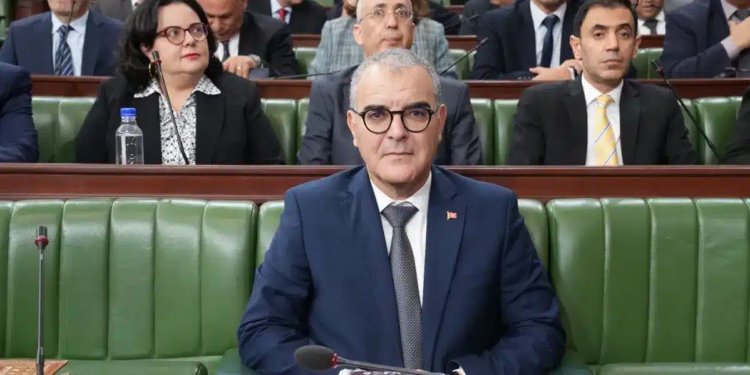The Assembly of People’s Representatives launched on Friday the examination of the 2026 budget of the Ministry of Economy and Planning, set at 895.331 million dinars, down 6.54% compared to 2025. A strategic year which coincides with the finalization of the 2026-2030 Development Plan, intended to define the economic, social and regional orientations for the next five years.
Towards a new growth model
The ministry aims to build a sustainable economic model, focused on innovation and renewal. The objective is to stimulate the competitiveness of Tunisian businesses, create sustainable jobs and increase per capita income. This strategy includes the strengthening of productive sectors and regional infrastructure, in order to reduce territorial inequalities and guarantee balanced development throughout the territory.
Officials insist on the need for inclusive and sustainable growth, capable of integrating the country into regional and international value chains, while consolidating economic sovereignty.
18 strategic objectives
The 2026 budget is organized around five operational programs and five sub-programs, covering the essential areas of development:
- General and Statistical Equilibria: reliability of economic data to guide public policies.
- Support for Sectoral and Regional Development: monitoring of regional and sectoral projects, reduction of disparities and improvement of local employment.
- International cooperation: diversification of financing and mobilization of subsidies to strengthen economic resilience.
- Investment supervision: facilitation of private investment, administrative simplification and launch of the National Investment Platform.
- Management and Support: coordination of programs and evaluation of performance via 27 precise indicators.
These programs cover strategic planning, analytical monitoring of projects and the production of reliable data to guide economic decisions.
Mobilization of public actors
Implementation involves 11 key public institutions: INS, ITCEQ, CGDR, ATCT, FIPA, TIA and TIF, among others. Their role is crucial to guarantee the reliability of statistics, the attractiveness of investments and the proper execution of regional projects. This coordination aims to ensure that each dinar spent contributes effectively to growth and employment.
Increase in strategic investments
Intervention expenditure represents 81.66% of the budget (731.177 million), down 8.91%, mainly made up of transfers of a development nature (729.505 million), intended to finance regional and sectoral projects.
Salary expenses stood at 79.55 million (-0.3%), while management costs increased by 3% to 14.204 million.
Financial operations, including contributions to international financial institutions, increased by 11.91% to reach 68.82 million dinars.
Investments, for their part, are experiencing a sharp increase (+545% in commitments) to finance in particular the study for the construction of a new ministry headquarters (2 million dinars in commitments), a symbol of modernization of administrative infrastructure.
Regional development
The budget reflects a desire to:
- Strengthen private investment via administrative simplification and the National Investment Platform.
- Stimulate regional development, by prioritizing disadvantaged areas and consolidating productive infrastructure.
- Improve statistical monitoring and planning, to better guide public policies and measure their impact on growth and employment.
- Promote international cooperation, in order to diversify funding and reduce dependence on certain sources of resources.
The effective execution of this budget will be decisive in preparing the 2026-2030 Development Plan, which must translate these strategic orientations into tangible results for the Tunisian economy and society.
Read also








